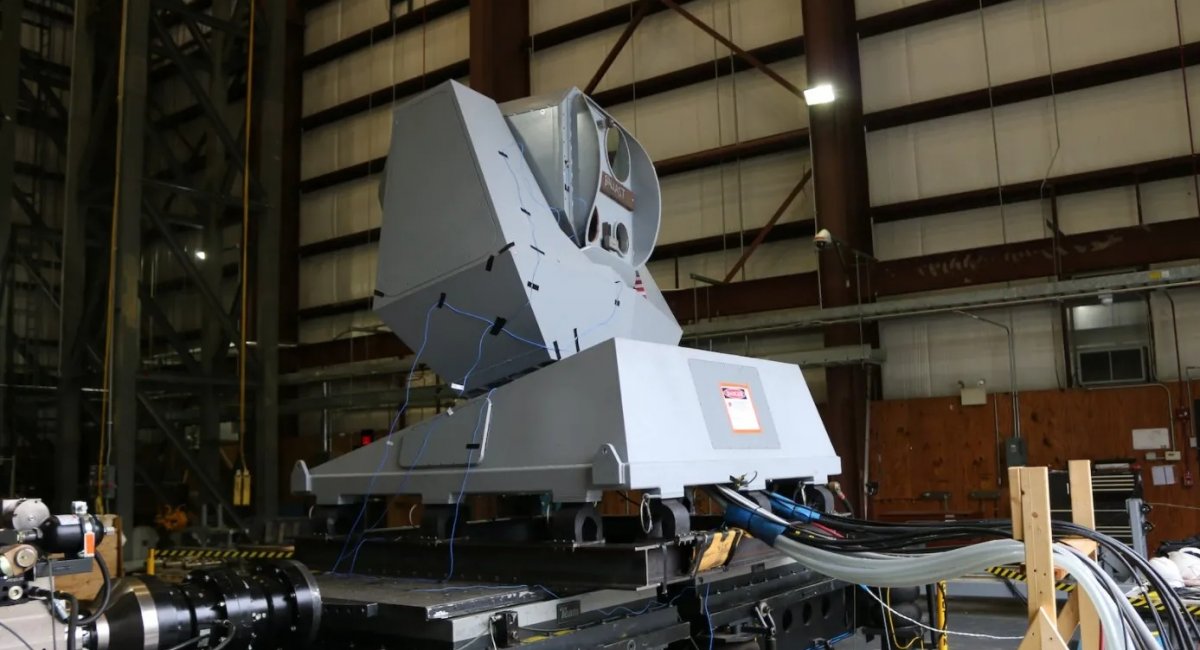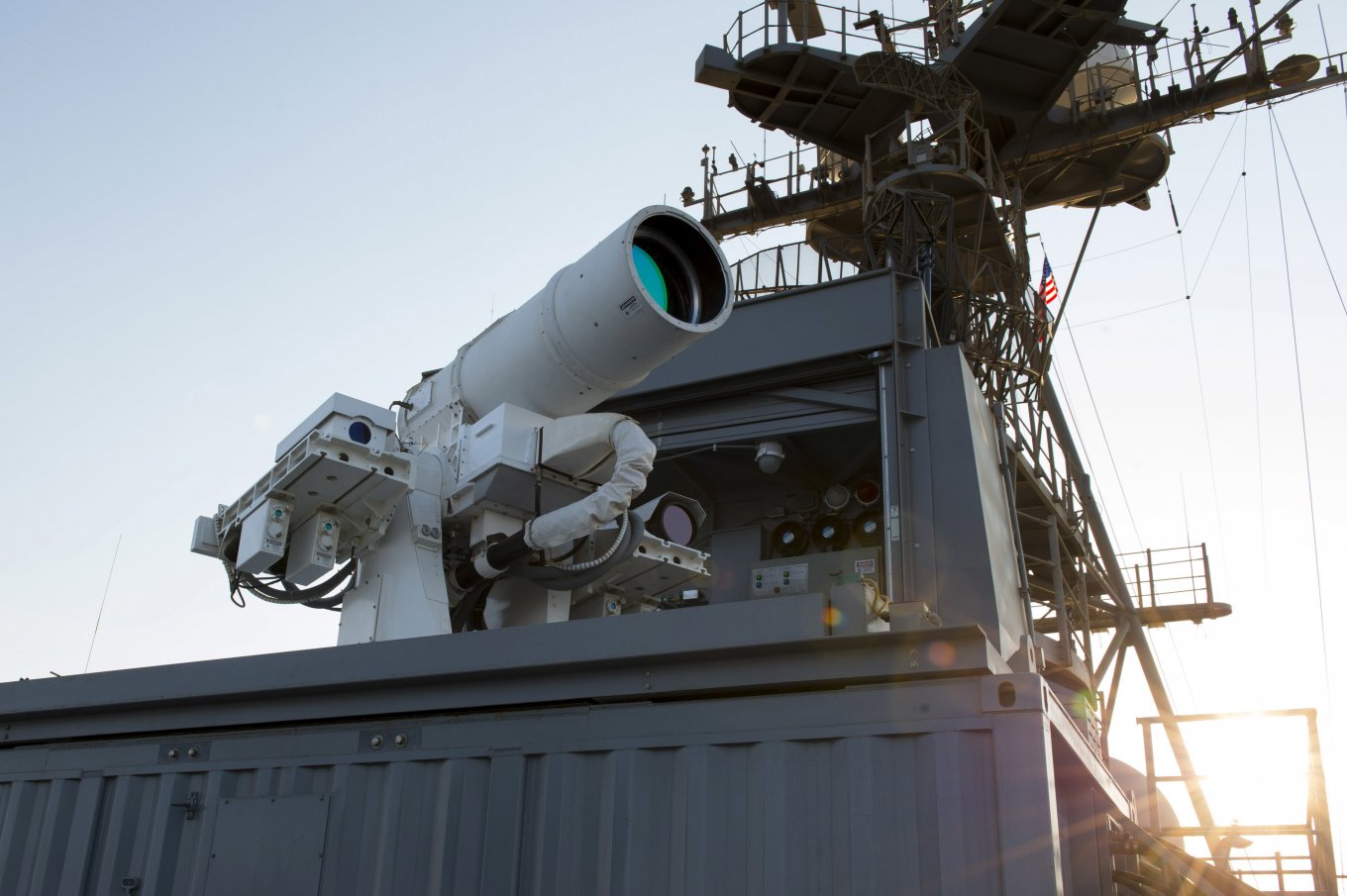Despite the fact that combat lasers remain one of the promising areas in the development of weaponry, the main issue is that they still remain just that—prospects—and are not yet a reality. In spite of lengthy programs, progress has been far from satisfactory.
This situation is greatly concerning to the U.S. Navy command. Specifically, Rear Admiral Fred Pyle, head of the Surface Warfare Division (N96) of the Naval Operations, has sharply criticized the current state of developments, urging a realistic approach to the problem and acknowledging that we are still very far from actual combat lasers.

Recently, with a similar rhetoric, U.S. Fleet Forces Command Commander Admiral Daryl Caudle spoke at the annual Surface Navy Association symposium. He explicitly stated that the American fleet should be worried about the inability to scale laser weaponry, despite discussions on the topic dating back to the Reagan era in the 1980s.
"Many theses and dissertations have been written about creating lasers on ships, but we have not transformed them into an effective means of countering missile threats... Although they are based on renewable energy and there is no need to worry about payload, all of this is appealing to the Navy, but we simply have not realized it in a deployable solution," the admiral is quoted by Breaking Defense.
From the perspective of Defense Express, it is noteworthy that the U.S. Navy first introduced a combat laser on the USS Ponce (LPD-15) back in 2014 with the AN/SEQ-3 (LaWS). However, this project did not come to fruition, and currently, the HELIOS system from Lockheed Martin is being tested on the Arleigh Burke-class destroyer Preble (DDG-88).

Furthermore, a ship serves as a very suitable platform for combat lasers, as weight and size characteristics are less critical, there is access to the ship's powerful energy system (31.5 MW in Arleigh Burke), and seawater is available for cooling the laser.
Additionally, combat lasers capable of handling missile defense will free up some launch silos on destroyers, allowing them to carry more strike weapons, thereby enhancing the fleet's striking power. This not only involves intercepting anti-ship missiles in close proximity to the ship but also the potential to engage targets at significantly greater distances.
Yet, despite the perfect combination of a ship and a combat laser, they remain merely experimental for now. To counter attacks from the Houthis in the Red Sea, American soldiers are forced to expend over 200 missiles, each costing between 4 to 12 million dollars.